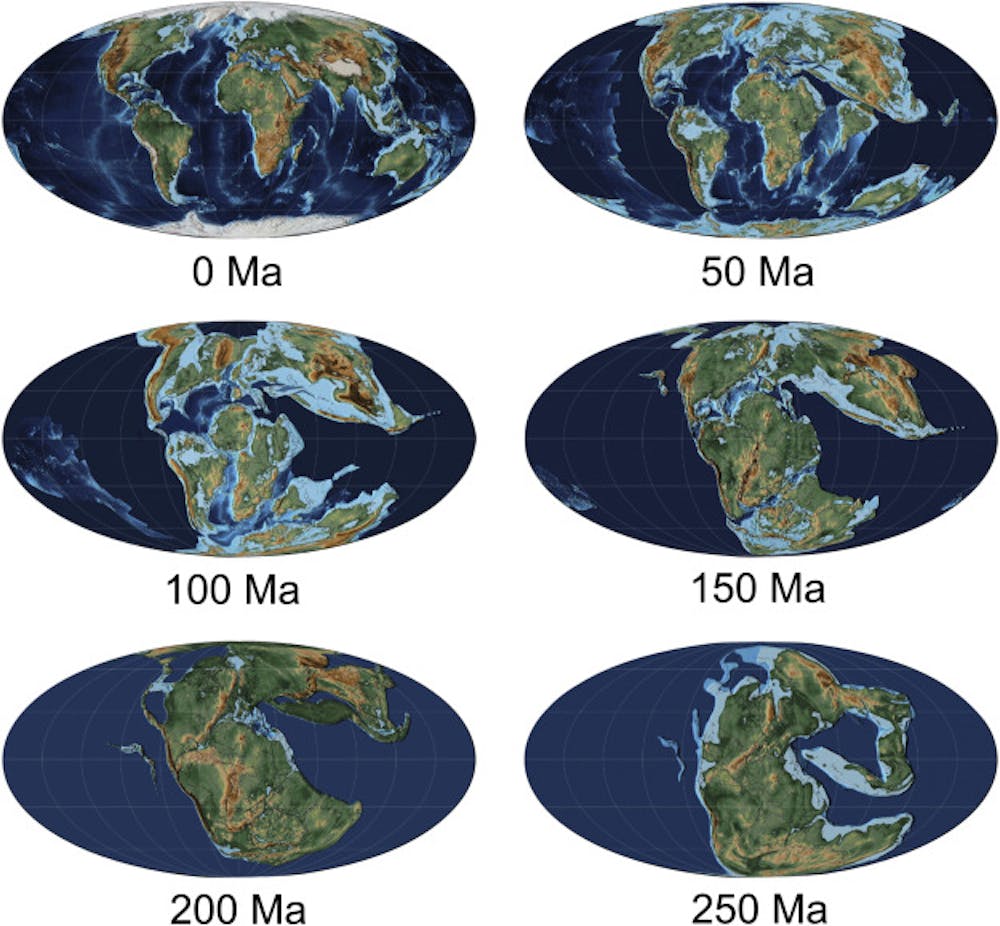
Posted on 02/18/2025 8:55:29 AM PST by Red Badger

‘Top apex’ predator evolved in aftermath of dinosaur extinction
In a nutshell
* Scientists have discovered a remarkably complete skull of a new prehistoric carnivore species in Egypt’s Fayum Depression, named Bastetodon syrtos, which lived about 30 million years ago and was roughly the size of a modern leopard
* The discovery has led researchers to correct a century-old misclassification of ancient African predators, showing they evolved separately from their European relatives rather than being part of the same group
* The fossil comes from a crucial time period when Earth’s climate was changing from warm to cool, helping scientists understand how climate change affected prehistoric predator evolution and eventually led to their extinction when modern carnivores arrived in Africa
================================================================================
MANSOURA, Egypt — In the desert sands of Egypt’s Fayum Depression, an extraordinary discovery began with an excited shout. A team member had spotted large teeth protruding from the ground, leading to what lead author Shorouq Al-Ashqar calls “a dream for any vertebrate paleontologist.” Researchers uncovered the nearly complete skull of an ancient apex predator that prowled North Africa roughly 30 million years ago.
Named Bastetodon syrtos after the ancient Egyptian cat-headed goddess Bastet, this fearsome carnivore was similar in size to a modern leopard and represents one of the best-preserved fossil skulls ever discovered from this period in Africa. The findings, published in the Journal of Vertebrate Paleontology, reveal how the name cleverly combines Bastet with “odon” (meaning tooth), referencing both the region’s rich archaeological heritage and the creature’s distinctive dental features.
Weighing around 27 kilograms (60 pounds), Bastetodon belonged to an extinct group of carnivorous mammals called hyaenodonts. These predators evolved in the aftermath of the dinosaur extinction and dominated African ecosystems for millions of years. Unlike modern meat-eaters who typically have one pair of specialized cutting teeth, hyaenodonts had multiple pairs of these slicing teeth in their jaws, making them particularly effective predators.
Bastetodon Artwork of how Bastetodon likely appeared. (Credit: Ahmad Morsi) During their reign, Bastetodon and its relatives would have preyed upon early primates, primitive hippos and elephants, and hyraxes in what was then a lush forest environment. This was a crucial period in evolutionary history, as many of the mammal groups we know today were just beginning to emerge and diversify.
The discovery came during a meticulous excavation by the Sallam Lab team, as they worked through rock layers dating back 30 million years. The exceptional preservation of the skull gives scientists unprecedented insights into how these ancient predators lived and hunted, during a time when our own monkey-like ancestors were evolving.
The Fayum area where Bastetodon was found tells a remarkable story of environmental change. Today, it’s an arid desert, but 30 million years ago, it was a very different place. The region preserves approximately 15 million years of evolutionary history, capturing a dramatic global climate transition. During this period, Earth shifted from the warm conditions of the Eocene epoch to the cooler climate of the Oligocene, changes that would reshape ecosystems worldwide.
Scientists discovering a fossil Prof. Sallam, the senior author and a Sallam Lab team member during the discovery expedition. (Credit: Professor Hesham Sallam) Scientists can read these changes in the rock layers. The fossils found alongside Bastetodon reveal a landscape dotted with waterways and forests that supported a diverse community of animals. This environment was quite different from both earlier and later periods, providing a unique window into a lost world.
The skull itself is a treasure trove of information about how Bastetodon lived. Several features reveal its predatory lifestyle. It had robust attachment points for powerful jaw muscles, similar to those seen in modern big cats. Its specialized blade-like teeth were perfect for slicing through meat, while its shortened, cat-like snout created a strong bite. Through evolution, it had lost certain teeth, specifically its first premolar and third molar, a modification that actually made its bite more efficient.
But Bastetodon‘s significance extends beyond just adding another species to the prehistoric record. The discovery has led to a major reevaluation of African carnivore evolution. While examining this new specimen, researchers realized that some similar fossils found in the same region over 120 years ago had been misclassified.

Bastetodon syrtos skull
Shorouq Al-Ashqar, the lead author, with the Bastetodon syrtos skull and a Bastet statue. (Credit: Professor Hesham Sallam)
................MORE DETAIL AT LINK..................
PinGGG!......................

It’s not a stretch to say this guy could have been one of the cavemen from the Geico.
👍
When we hear about such discoveries, I often wonder where that particular location was on earth millions of years ago. It looks like Africa 50 million years ago was pretty much where it is today. Note that the Indian Subcontinent was preparing to ram into Asia.


bkmk
</chuckle!>
check this out. post upthread by ProtectOurFreedom
Thanks Red Badger.
Not effective enough to survive to the present. Not even effective enough to leave much evidence that they ever existed.
Odd. It doesn’t look like a leopard or even a cougar.
That’s the Geico caveman going to a board meeting.
I was looking for the Helen Thomas pic!
Disclaimer: Opinions posted on Free Republic are those of the individual posters and do not necessarily represent the opinion of Free Republic or its management. All materials posted herein are protected by copyright law and the exemption for fair use of copyrighted works.